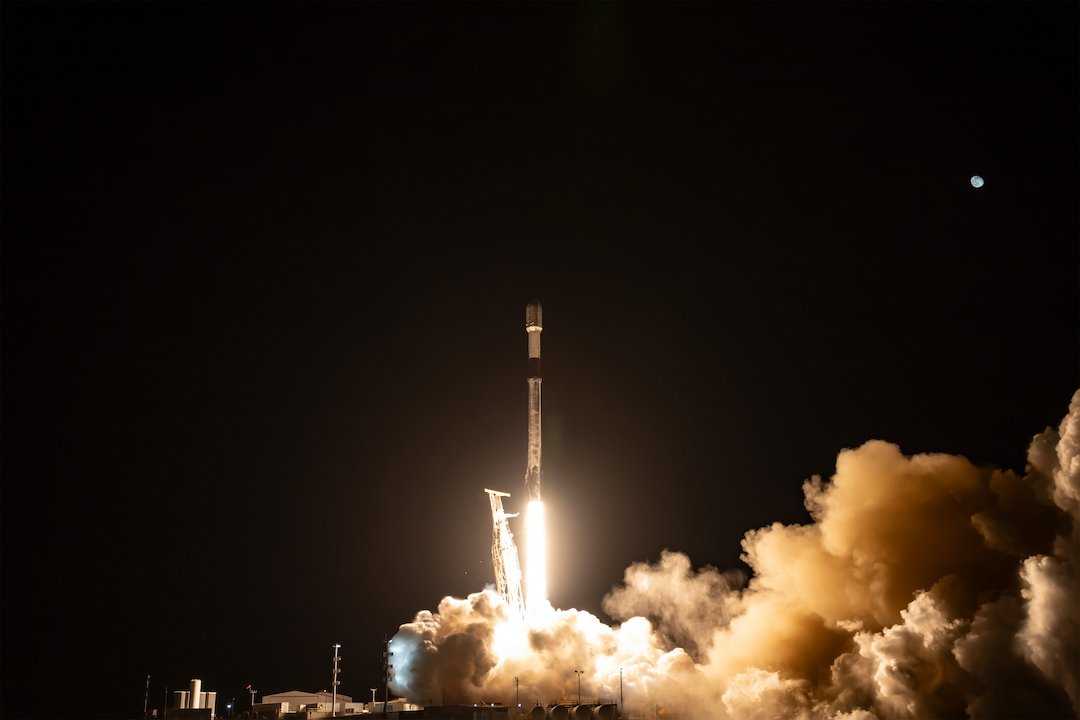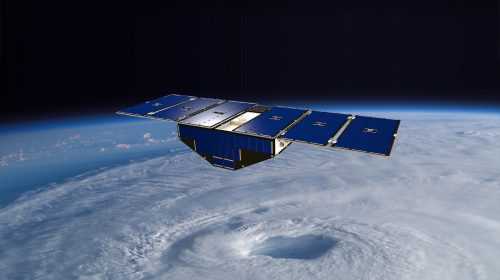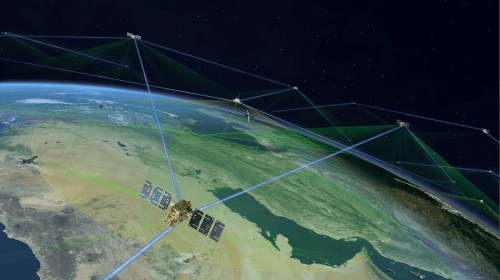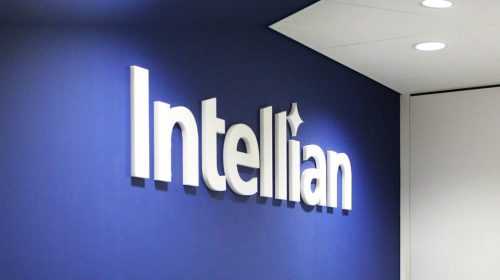Can 20 More Satellites Complete OneWeb's Global Coverage?
Oct 23, 2024
Eutelsat Communications announced the successful launch of twenty new OneWeb satellites over the recent weekend. The company stated it had made contact with each satellite following liftoff aboard a Falcon 9 rocket from Vandenberg Space Force Base in California at 1:13 a.m. Eastern time. All 20 satellites reportedly separated as planned from the launch vehicle and transmitted signals confirming acquisition.
 Falcon 9 launches 20 satellites for Eutelsat OneWeb. Photo: NASA
Falcon 9 launches 20 satellites for Eutelsat OneWeb. Photo: NASA
Spokesperson Katie Dowd announced that their orbital constellation had grown to 654 satellites, exceeding the number required for global coverage. However, she noted that full service implementation was delayed due to ground infrastructure challenges. Dowd also reassured that their operational timeline was still on track, with international services to start in the spring. The technological consistency of the mission was highlighted by the fact that these newly deployed satellites maintained identical specifications to their predecessors in OneWeb’s first-generation constellation. Airbus U.S. Space & Defense took credit for this manufacturing achievement, as production was centered at their state of the art operation at Merritt Island, Florida. An important part of maintaining operational coherence across the entire network is standardization of satellite design.
Eutelsat’s strategic position in this sector of satellite communications was accentuated by its existing fleet of thirty six geostationary satellites. But it left the door a bit open to its timing for rolling out advanced LEO spacecraft technology, having taken a cautious approach to the deployment of its next generation constellation. That calculated stance is a testament to their dedication to sustainable growth and technological advancement.
Dowd also looked at how the company planned to maintain its satellites, saying that although the company anticipated they’d soon begin the deorbiting process for their Gen 1 OneWeb satellites as their first LEO spacecraft reached their designed operational limits. She also said they kept the flexibility to extend the operational lifespan of Gen 1 satellites for continued operations while they considered several options for their next generation of satellites. For Eutelsat, the launch was particularly important, not least for being the first anniversary of their merger with OneWeb, which has delivered this new GEO/LEO operator to the industry. All of the timing here, the first OneWeb mission of the year, the first of its kind of a pair last year, highlighted the company’s commitment to expansion and innovation.
Eutelsat CEO Eva Berneke praised the mission’s success, noting that the newly deployed satellites would enhance network services and overall customer performance. She said the demand is growing for their multi-orbit services and that they will continue to provide value to the customers and shareholders. Berneke also used the opportunity to thank the team for all the work it put into the successful launch. The successful deployment was more than a technical achievement and the crowning of Eutelsat as a major player in satellite communications market. The company had a strategic approach to already coupling GEO and LEO capabilities, and understanding there was a market need for different, complementary satellite services. Their continued investment in growing their satellite constellation was a sign of continued confidence in a growing demand for global connectivity solutions.





